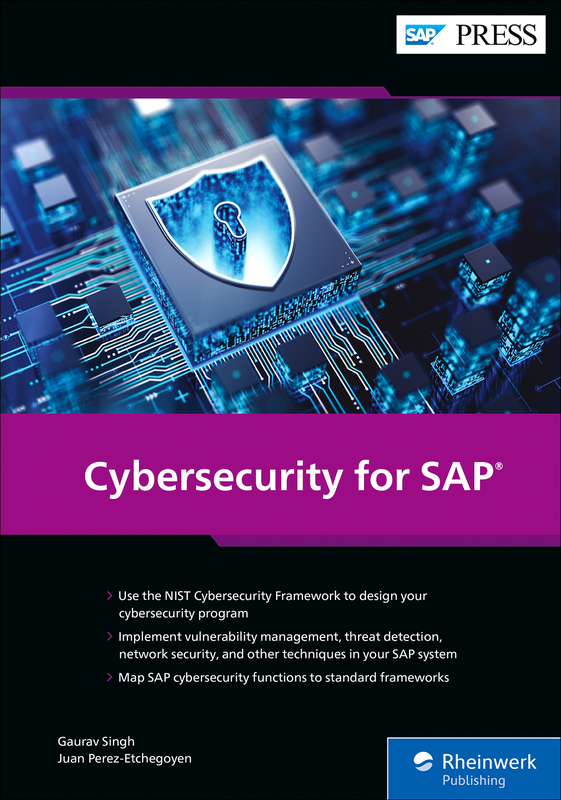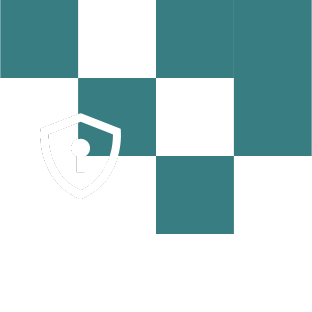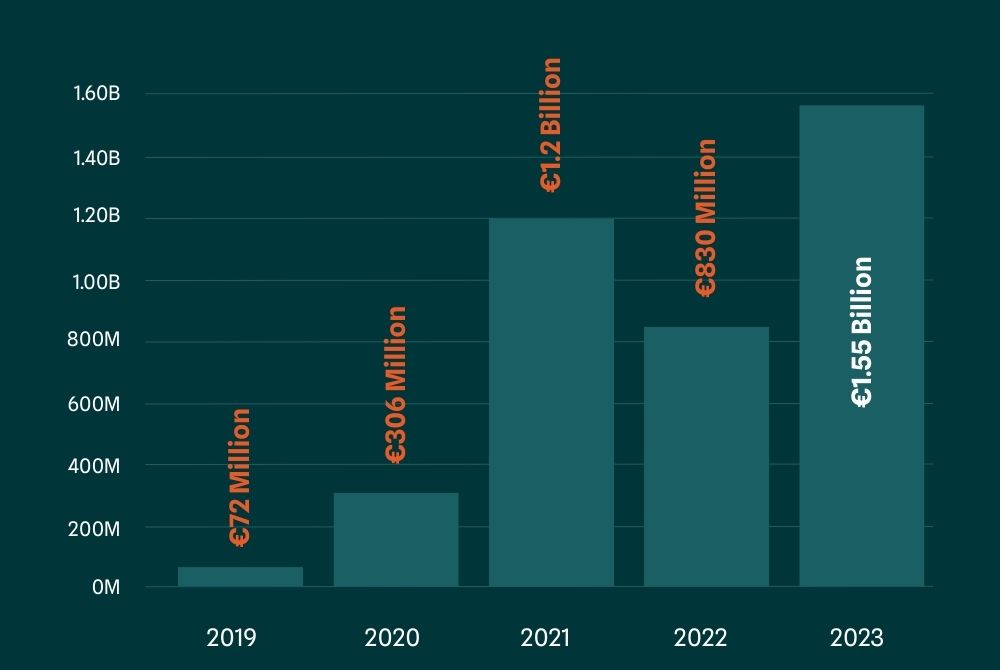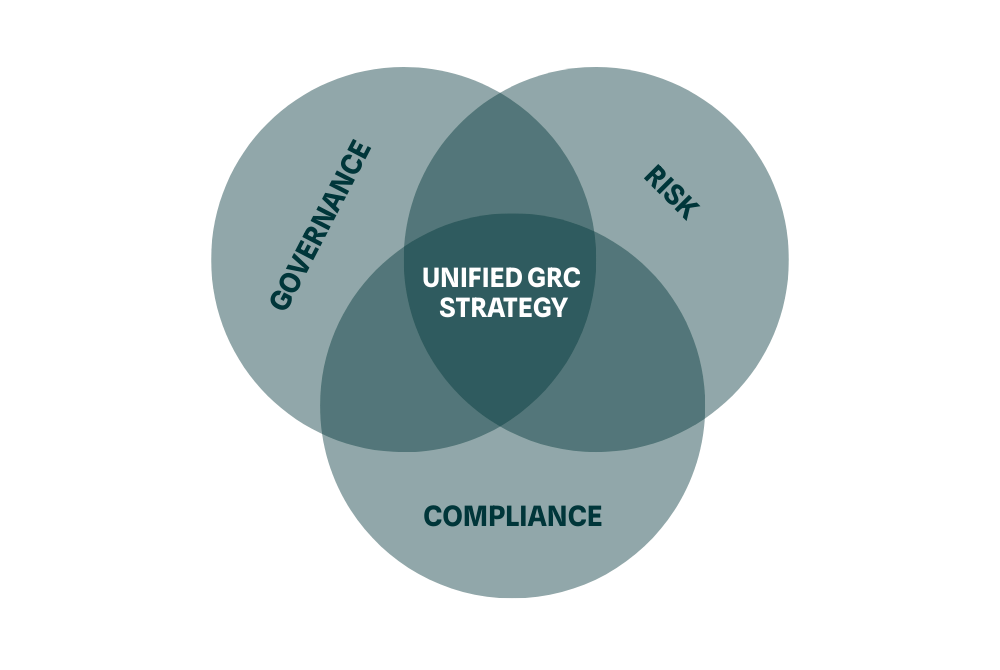- Platform
- Company
- Resources
- Threat Research
- Solutions
- By Initiative
- Accelerate SAP S/4HANA Transformation
- Achieve Automated Compliance
- Building Cyber Resilience for RISE with SAP
- Incident Response
- Secure Cloud Migration & Operation
- Strengthen DevSecOps
- DE Strengthen SAP Security for NIS2 Compliance
- Stärken Sie die SAP-Sicherheit für NIS2 Compliance
- Threat Detection & Response
- Vulnerability Management
- By Industry
- By Initiative
Sitemap | Terms of Use | Privacy Policy | Quality Policy | Disclosure Policy | Security Vulnerability Reporting Guidelines | ©2025 Onapsis | All rights reserved







